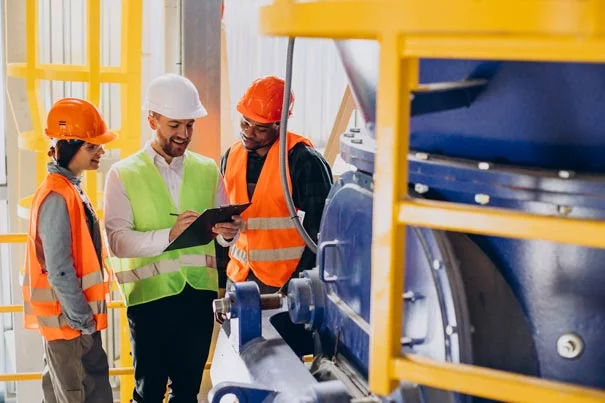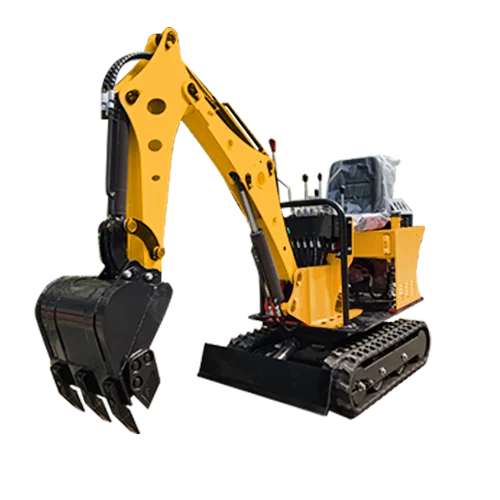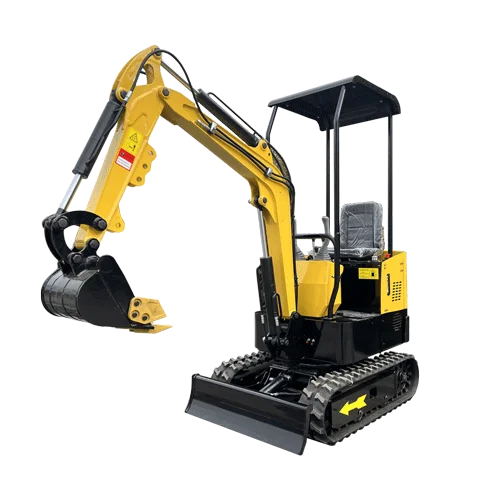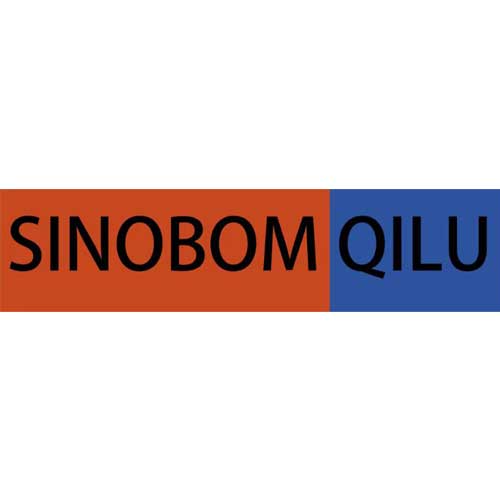Willkommen auf meinem Blog!
Bevor wir in den Inhalt eintauchen, würde ich mich freuen, wenn Sie mir auf meinen Social-Media-Plattformen folgen würden, wo ich weitere Einblicke gebe, mich mit der Community austausche und Updates poste. Hier erfahren Sie, wie Sie mit mir in Kontakt treten können:
Facebook:https://www.facebook.com/profile.php?id=100087112105480
LinkedIn:https://www.linkedin.com/showcase/99327366/admin/dashboard/
Lassen Sie uns nun unsere gemeinsame Reise beginnen. Ich hoffe, Sie finden die Inhalte hier aufschlussreich, ansprechend und wertvoll.
Inhaltsübersicht
Einführung

Excavators are indispensable in modern construction. These machines are used for tasks ranging from digging trenches to lifting heavy loads and even demolition. However, not all excavators are created equal. Different types of excavators come with various capabilities, sizes, and specifications. Selecting the right type of excavator can make a significant difference in both the efficiency and cost-effectiveness of your project.
Knowing the differences between the types of excavators available will help you choose the most appropriate one for your project, ensuring that your work is completed on time and within budget. In this guide, we will take a closer look at seven common types of excavators and discuss their applications.
Raupenfahrzeug Bagger: The All-Purpose Workhorse

Crawler excavators are the most widely recognized and commonly used type of excavator in construction projects. These machines are equipped with tracks instead of wheels, making them highly suitable for uneven terrain and construction sites with rough ground conditions. They are ideal for a wide range of jobs, including trench digging, demolition, and landscaping.
Wesentliche Merkmale:
- Tracks provide excellent stability and mobility on rough terrain.
- Can be used in both urban and rural environments.
- Available in a variety of sizes, from small to large.
Applications:
- Excavating large volumes of soil.
- Abriss von Gebäuden und Bauwerken.
- Heavy lifting tasks.
Wheeled Excavators: Versatility with Speed
Wheeled excavators are equipped with wheels rather than tracks, offering greater mobility and speed on paved roads and firm ground surfaces. While they may not be as stable on rough terrain as their tracked counterparts, wheeled excavators can easily move between job sites, making them highly efficient for urban construction projects or any work requiring frequent site-to-site movement.
Wesentliche Merkmale:
- Higher speed and maneuverability compared to tracked excavators.
- Ideal for jobs that require mobility between multiple sites.
- Typically more cost-effective for short-distance tasks.
Applications:
- Urban construction projects.
- Roadwork and infrastructure development.
- Light excavation work where soil conditions are firm.
Mini Excavators: Compact and Efficient for Small Jobs
Mini excavators, also known as compact excavators, are small, lightweight machines perfect for tight spaces and smaller projects. Despite their small size, these excavators can perform many of the same tasks as larger models, such as digging, lifting, and grading. Mini excavators are commonly used for residential landscaping, utility installations, and small-scale construction.
Wesentliche Merkmale:
- Compact size allows access to confined or narrow areas.
- Often used in urban environments or residential construction.
- Can be operated with ease by a single operator.
Applications:
- Landscaping and garden work.
- Trenching and utility installations.
- Small-scale demolition tasks.
Long Reach Excavators: Ideal for Deep Digs and High Reaches
Long reach excavators are specially designed with extended booms and arms, making them ideal for deep digging or reaching over obstacles. These excavators are primarily used for projects that require digging or material handling at great depths or heights, such as river dredging, demolition, and large-scale infrastructure work.
Wesentliche Merkmale:
- Extended booms and arms for extended reach.
- Often used for specialized tasks like dredging or digging deep trenches.
- Available in both tracked and wheeled models.
Anwendungen:
- River dredging and waterway maintenance.
- Demolition of tall buildings.
- Excavation of deep trenches or pits.
Dragline Excavators: Heavy-Duty Machines for Large-Scale Excavation
Dragline excavators are large, heavy-duty machines primarily used for large-scale earth-moving tasks, such as mining, excavation, and dredging. They are equipped with a massive bucket that is suspended by cables and operated with a hoist mechanism, making them ideal for digging large volumes of material.
Wesentliche Merkmale:
- Extremely large digging capacity, capable of handling tons of material.
- Commonly used in mining and quarrying.
- Requires specialized operators due to their complexity.
Anwendungen:
- Large-scale mining operations.
- Dredging rivers and harbors.
- Excavation in large-scale construction projects.
Spider Excavators: Flexibility for Steep or Irregular Terrain

Spider excavators, sometimes known as spider cranes or crawlers, are specialized excavators designed to work in particularly challenging terrain. With their unique spider-like legs, these excavators can traverse steep, uneven, or rocky surfaces. They are commonly used in projects that require stability on terrain that other types of excavators cannot handle.
Wesentliche Merkmale:
- Unique legs provide exceptional stability on steep, uneven ground.
- Compact and highly maneuverable for tight spaces.
- Often used in environments where standard excavators are impractical.
Anwendungen:
- Construction on slopes and uneven ground.
- Environmental work, such as riverbank restoration.
- Forestry and logging projects.
Hydraulic Shovel Excavators: Power for Heavy-Duty Excavation
Hydraulic shovel excavators are powerful machines designed for heavy-duty excavation tasks. Unlike traditional cable-operated excavators, hydraulic shovels are powered by hydraulic systems, providing them with greater control and force. These machines are commonly used for moving large quantities of material in mining, quarrying, and major construction projects.
Wesentliche Merkmale:
- Advanced hydraulic systems provide powerful digging capabilities.
- Often used for moving large volumes of soil or rock.
- Can be outfitted with various attachments for different tasks.
Applications:
- Heavy-duty excavation in mining and quarrying.
- Large construction projects requiring substantial digging force.
- Earth-moving tasks that involve large amounts of material.
Excavator Comparison Table
| Typ des Baggers | Größenbereich | Ideal Applications | Mobilität | Power Capacity |
|---|---|---|---|---|
| Raupenbagger | Medium to Large | Trenching, demolition, heavy lifting | Low (tracked) | Hoch |
| Radbagger | Mittel | Urban construction, roadwork | High (wheeled) | Mittel |
| Minibagger | Klein | Landscaping, small-scale excavation | High (wheeled or tracked) | Low to Medium |
| Bagger mit großer Reichweite | Groß | River dredging, tall building demolition | Low to Medium | Hoch |
| Dragline Excavator | Very Large | Mining, dredging, large-scale excavation | Low (tracked) | Sehr hoch |
| Spider Excavator | Small to Medium | Steep or irregular terrain projects | High (tracked) | Mittel |
| Hydraulic Shovel | Groß | Heavy excavation, mining | Low (tracked) | Sehr hoch |
Schlussfolgerung

Choosing the right type of excavator for your construction project is a critical decision that impacts your project’s efficiency, timeline, and overall success. Each type of excavator has its strengths and is suited to different tasks, ranging from light landscaping to heavy-duty mining operations. Whether you’re working on a small residential project or a large-scale construction venture, there’s an excavator type that can meet your needs.
When selecting an excavator, consider factors like terrain, job size, mobility requirements, and the specific tasks you need the machine to perform. By understanding the key differences between the types of excavators, you can ensure that your project runs smoothly and efficiently.
FAQ
Q1: What is the most commonly used type of excavator?
The most commonly used type of excavator is the crawler excavator. It offers great stability and versatility, making it suitable for a wide range of tasks across various terrains.
Q2: Can I use a mini excavator for large construction projects?
While mini excavators are highly efficient for small-scale tasks, they may not have the power or capacity required for larger construction projects. For such projects, you would typically require a crawler excavator or hydraulic shovel.
Q3: How do I choose the best excavator for my project?
To choose the best excavator, consider the size of your project, the type of terrain, the specific tasks you need to perform, and your budget. Larger, more powerful excavators are necessary for heavy-duty tasks, while smaller, more agile models are better for light excavation and tight spaces.
Q4: Are hydraulic shovels better than traditional excavators?
Hydraulic shovels provide more powerful and precise digging capabilities, making them ideal for heavy-duty tasks like mining and large-scale excavation. However, they are also more complex and expensive than traditional excavators.
Q5: How much does it cost to rent an excavator?
Rental costs for excavators vary depending on the type, size, and location. It’s important to compare rental rates and ensure that the excavator you rent fits your project’s needs.
